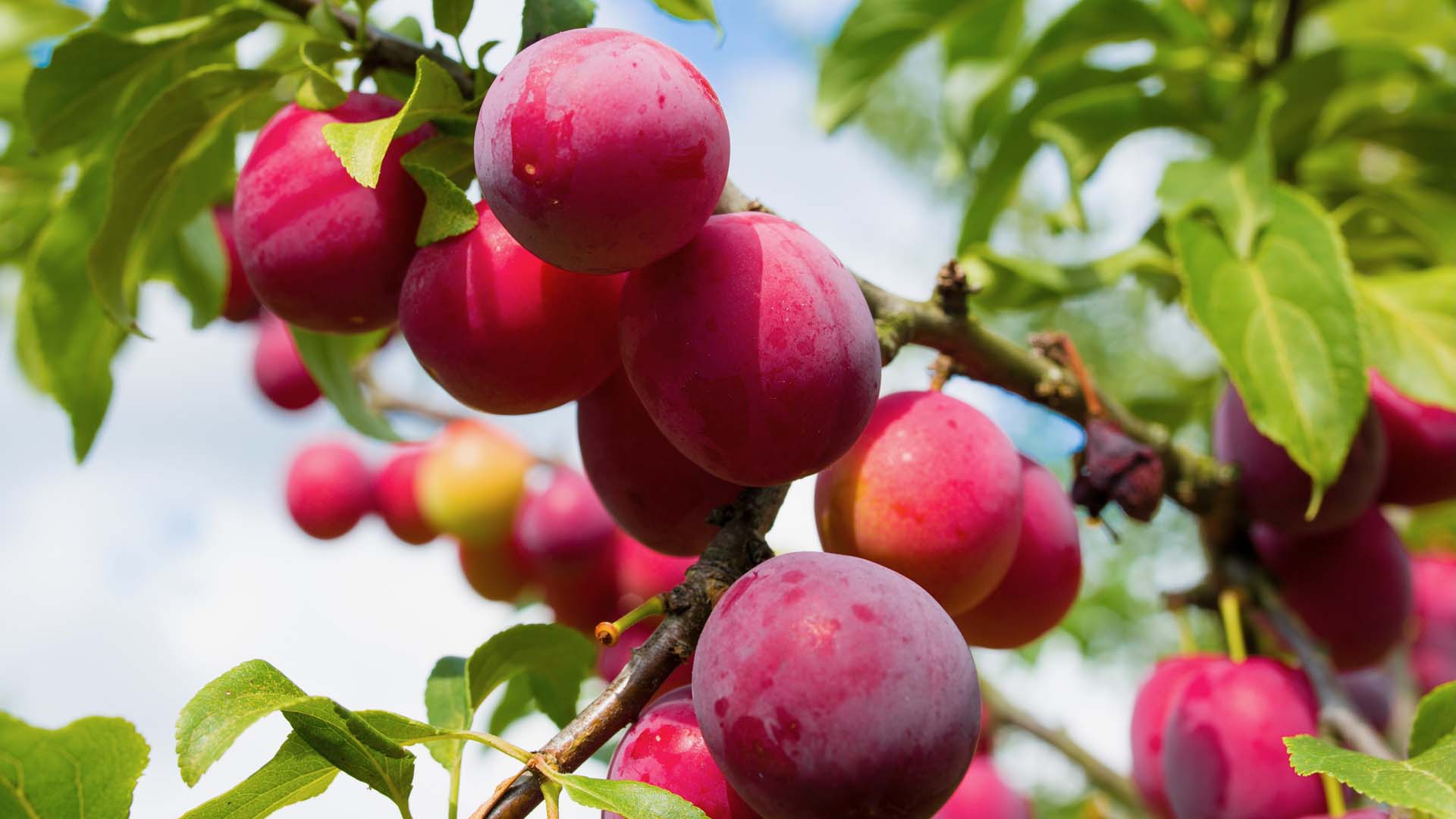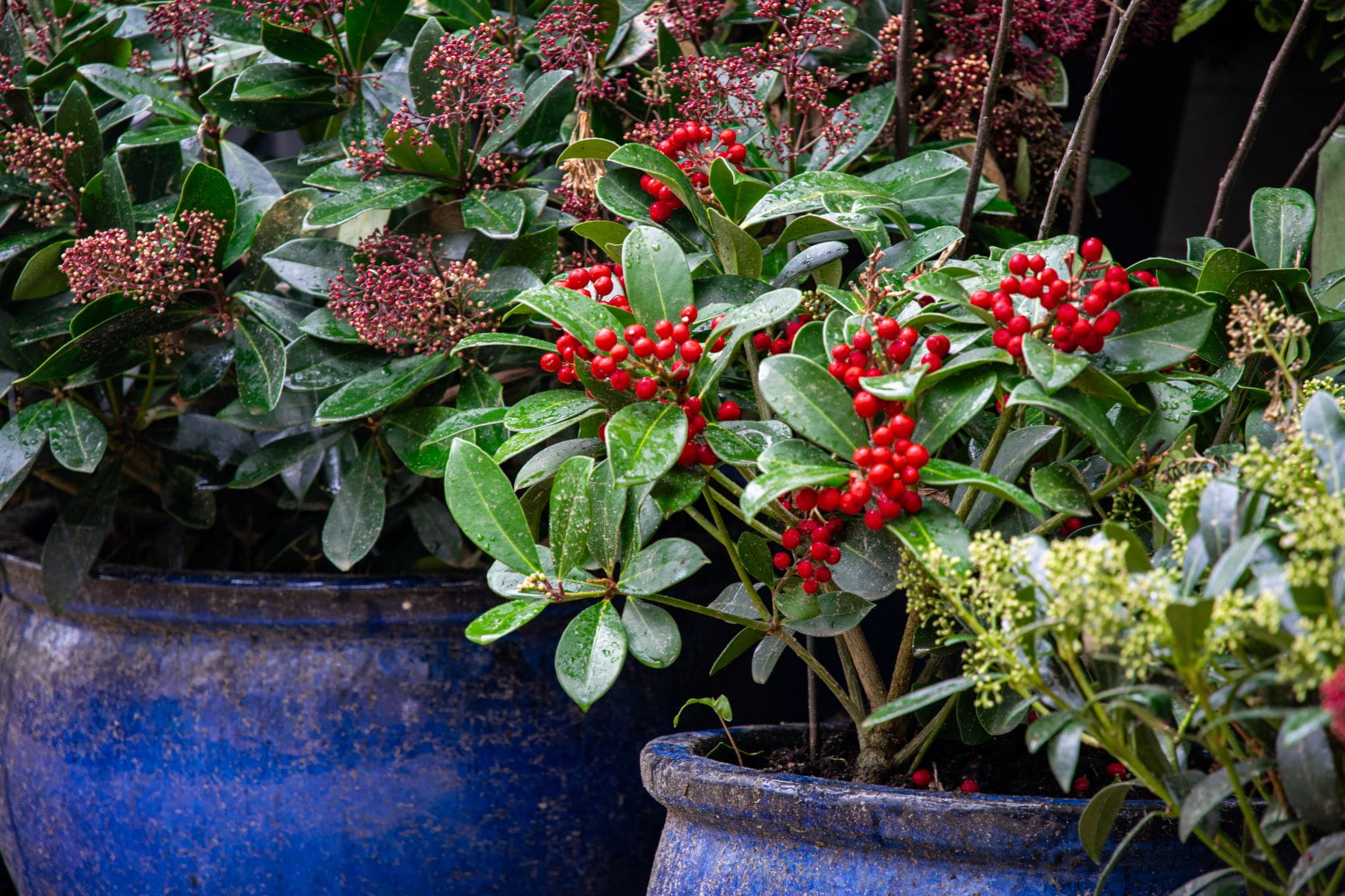
Winter doesn't need to be a time where your pots and containers stand empty waiting for spring.
With a bit of thought you can pot up a container with a changing display of shrubs and flowers that will bring colour and scent to your garden until springbloom and keep you entertained until spring.
So drag your largest pots where they can be easily seen when you hardly want to venture outdoors: framed through a window or beside a garden or front door, where they can lift the spirits when you leave for the day and soothe them when you return.
Create your own winter scented evergreen container.
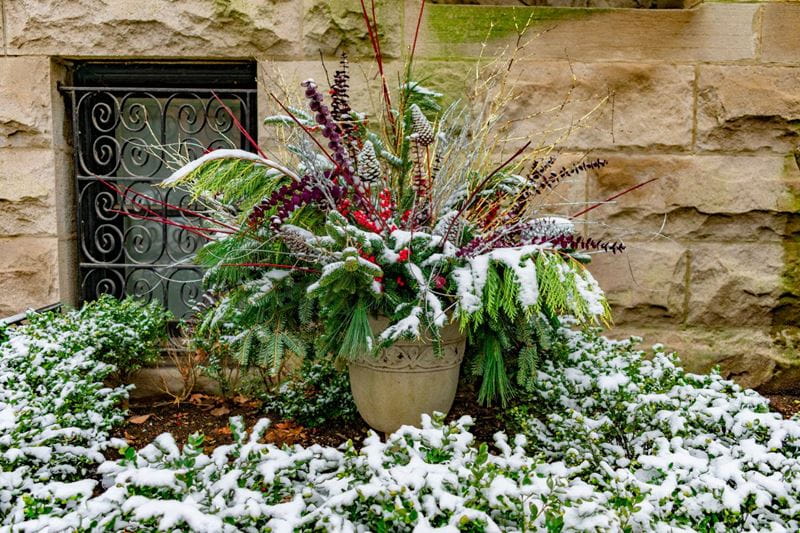
Evergreens are undoubtedly the mainstay of winter pots. Make the most of their unfading attributes by choosing a pot large enough for a variety of plants.
Your selections should work together so you can enjoy harmonising or contrasting leaf colour and shape.
When I was a horticultural student, cast out in the heaviest frost and freezing January fog on a plant identification task some 20 years ago, I discovered the importance of winter scent on the psyche.
All members of the genus Sarcococca (the Christmas or sweet box) are evergreen, attractive and scented, and since then have become indispensable shrubs in almost all my garden designs.
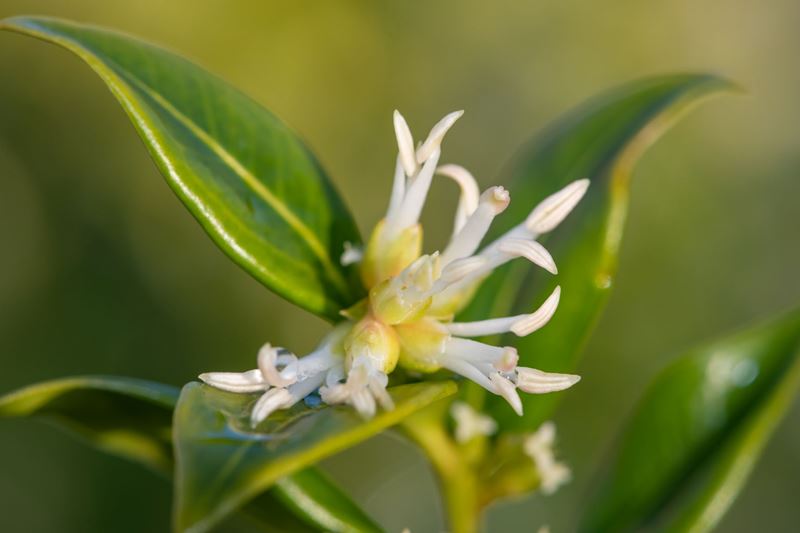
Sarcococca confusa is a fountain of green with the tiniest of white, heavenly scented flowers in the dreariest of seasons, followed up with inky black berries loved by the birds. It is happy in a large pot.
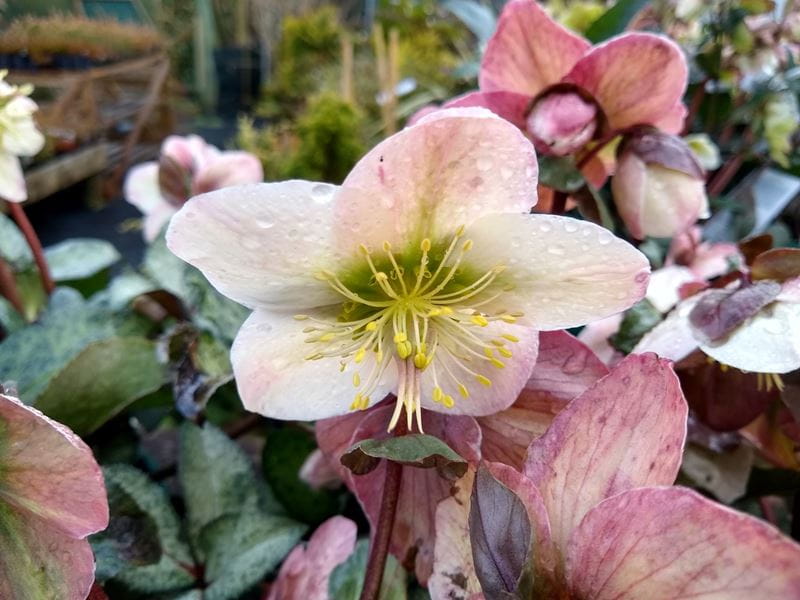
While some hellebores will tolerate growing in containers, others thrive in them.
Helleborus x ericsmithii is worth growing for the foliage alone – it’s slightly serrated leaves are dark green, overlaid with a pewter lustre and striated with delicate white veins.
Sprays of large white flowers tinged with pink grow to 10cm (4in) across on mature plants; held on dusty pink stems a good 35cm (14in) tall, they hover high above the leaves.
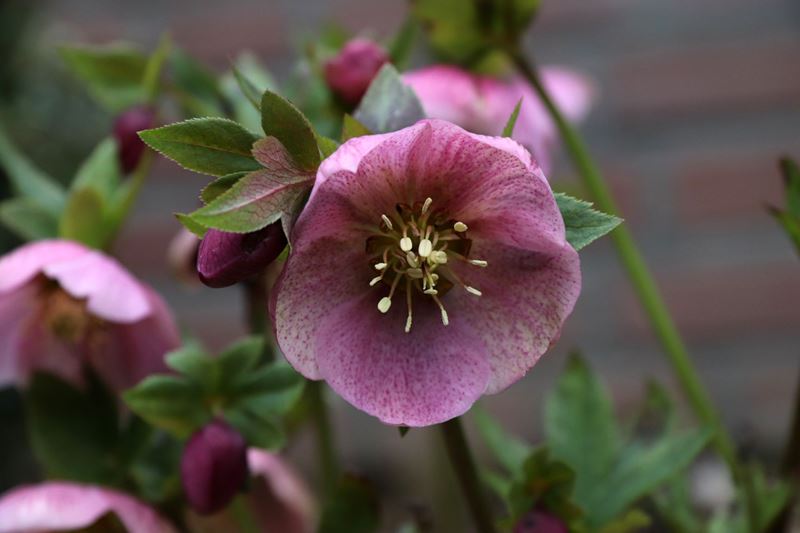
However, if H. x ericsmithii proves difficult to track down, Helleborus x sternii may be easier to find.
It too is an eye-catching hellebore growing well in a container; it has purple-tinted, creamy-green, bowl-shaped flowers from February to April and pinkish-purple leaves.
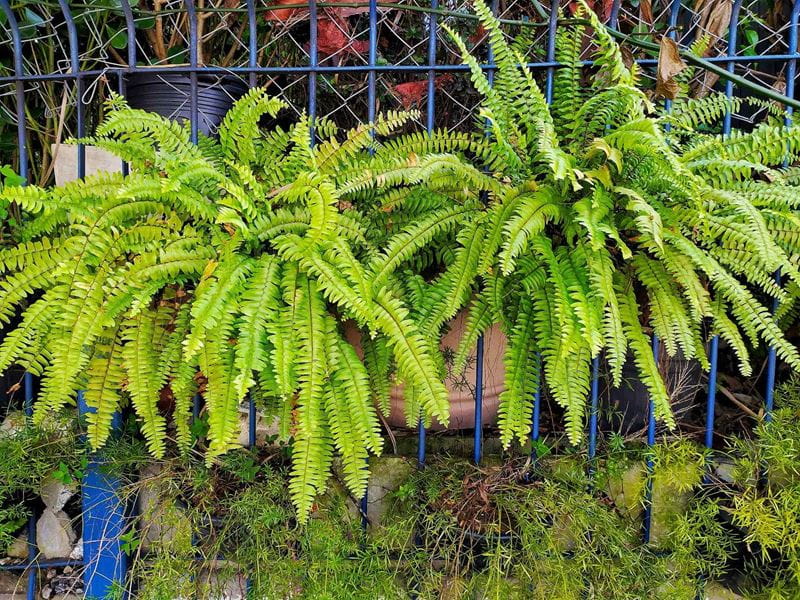
A fuzz of ferns will add low-key elegance and Polystichum setiferum ‘Herrenhausen’ has tactile, handsome foliage from autumn until spring.
A compact fern reaching just 60cm (2ft) in height, be aware that its spreading nature may require you to replant every couple of years if it’s not to take over the pot.

A trio of trailing ivies will soften and frame the scene. Dark green, densely branching Hedera helix ‘Garland’ hangs brilliantly.
Cut back spent foliage in spring when it begins to look untidy, allowing space for new fronds to unfurl from silky crosiers of tightly wound pearly white.
The space left by cutting back will soon be filled with the small bulbs you planted, which will draw attention to the emerging ferns.
Create a bright and cheerful patio pot to see you through to spring.
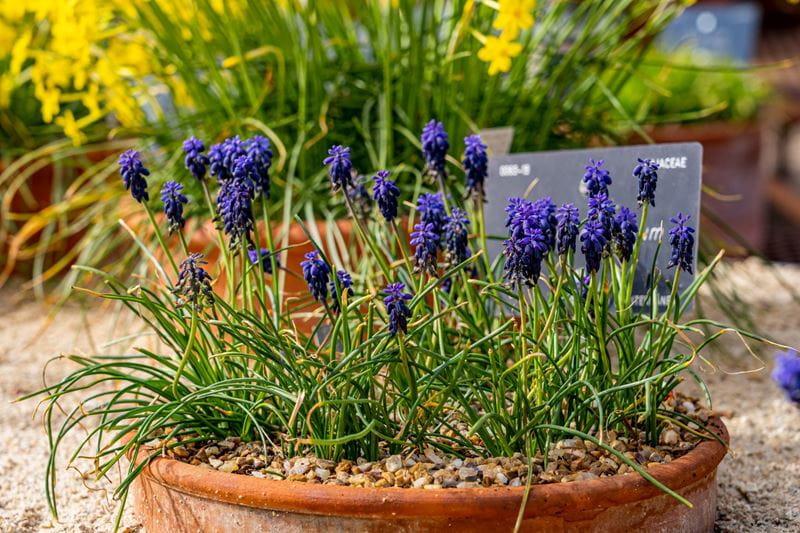
You will need:
If you regularly deadhead Viola Sorbet Yellow Frost it will enthusiastically provide dainty lilac-blue and yellow flowers right through spring. So hang good taste and pack them into your pot as tight as you dare.
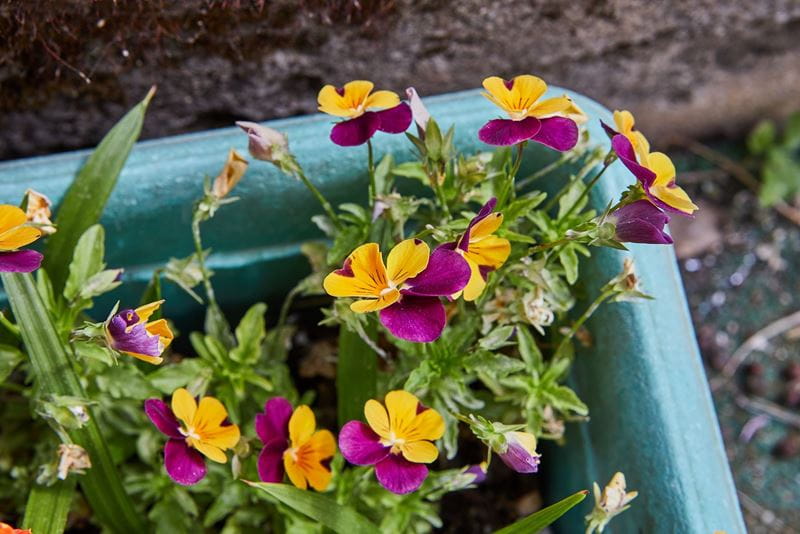
Temper the pansy jamboree with a centrepiece shrub, Cornus sericea 'Flaviramea', which once free of foliage will strike skywards with bright yellow olive stems and glow when backlit by winter rays.
A succession of layered bulbs hidden beneath will pop up among the pansies from late winter onwards.
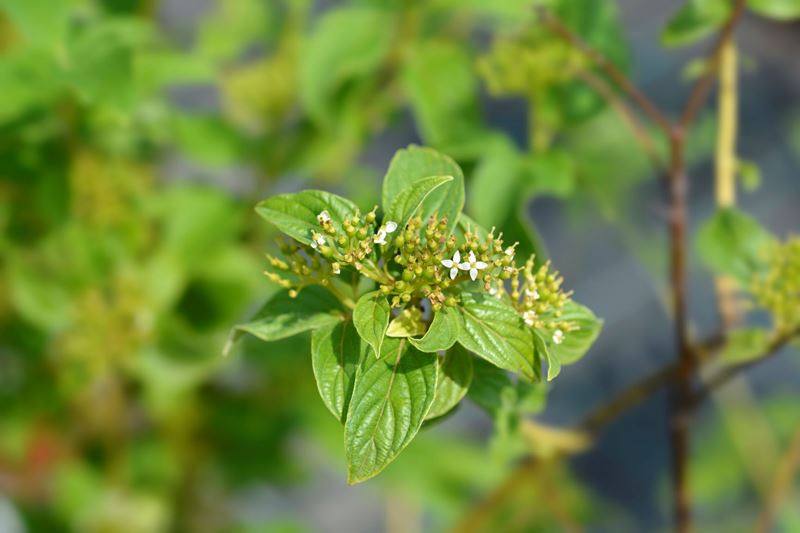
The papery flower cases of Iris reticulata ‘Harmony’ will unfurl in February releasing startling gentian blue blooms splashed with white and perfume to boot.

March will bring Muscari ‘Bling Bling’, a new variety of grape hyacinth whose deep blue colour and scent radiate from tightly packed florets. This is partnered with the multi-headed buttercup yellow Narcissus ‘Tête à Tête’ helping your pot to straddle the seasons.
Add a scattering of the fragrant, unusual blooms of Tulipa clusiana ‘Cynthia’ – luminous yellow with rose red edges – and you may be fooled into thinking it’s summer. Almost.
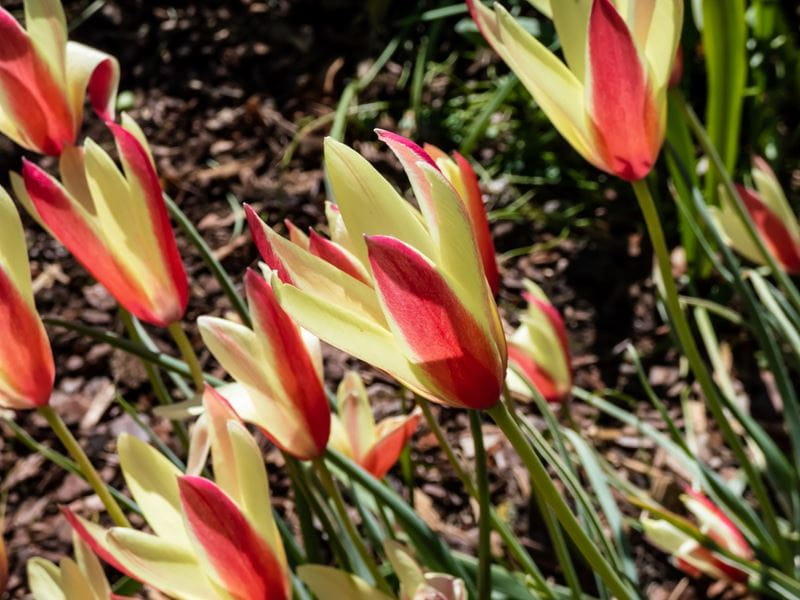
As above for evergreens, but substituting the compost mix for three parts John Innes No 2 compost mixed with one part grit.
Plant the tulips on the lowest layer, followed by narcissi in the middle and the iris and muscari on top at a depth of three times the size of the bulbs.
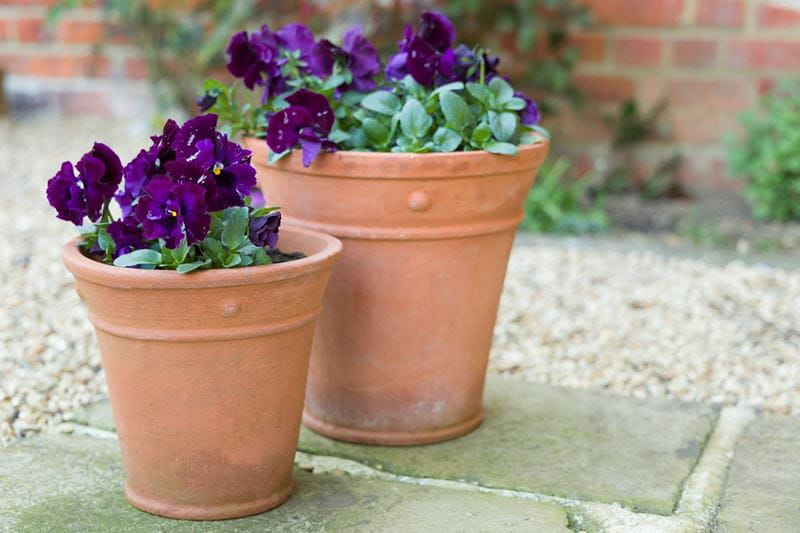
In winter the main danger is frozen compost which can kill roots and so your plants. Plenty of drainage holes and pot feet or tiles tucked under the base of pots are key in aiding drainage, which helps to prevent the freezing conditions that cause pots to crack.
If a prolonged freeze or snow is predicted, bubble wrap pots to help prevent roots from freezing.
During lengthy heavy downfalls, move your pot under cover, or into the ‘rain shadow’ of a wall, to allow sodden compost to dry out a little. Remove any rain saucers from beneath pots during winter.
Watering may be necessary in dry conditions, check moisture levels regularly and water if necessary. Feeding isn’t necessary in winter months.
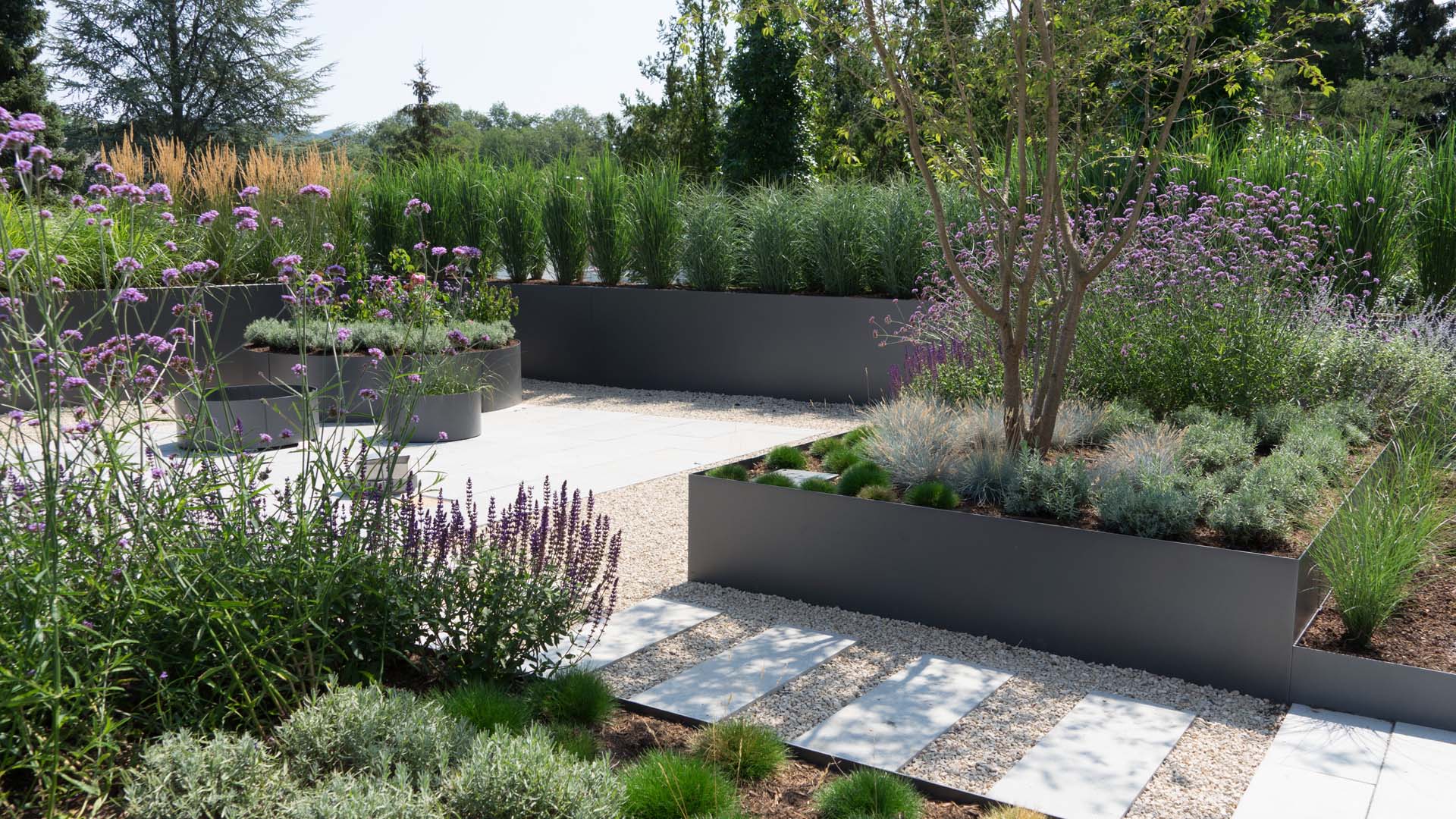
Love your garden, but don’t have enough time to look after it? We’ve got many ideas to reduce your work load.

Our best trees for small gardens offer character and colour.
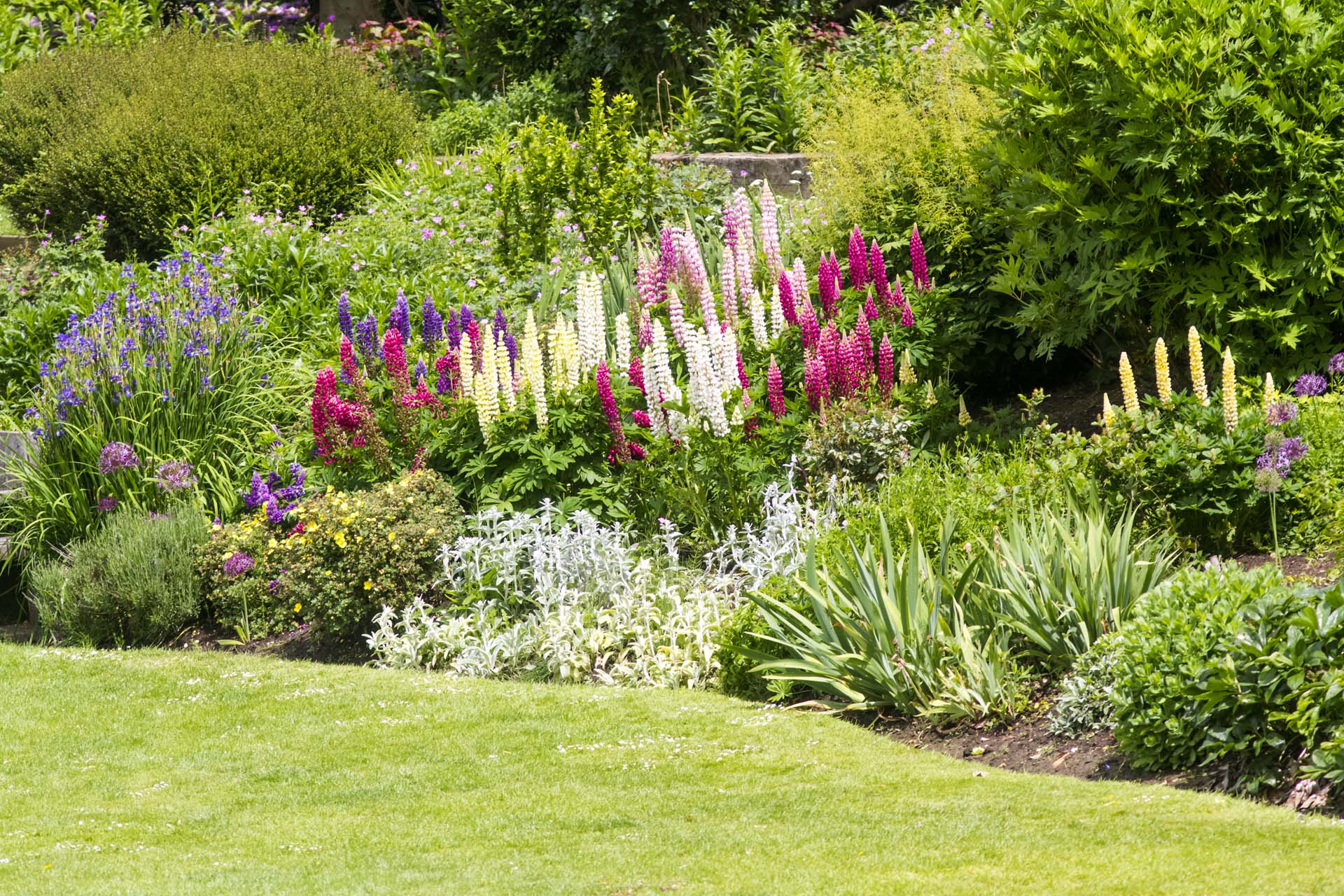
Create a beautiful border with minimum effort.
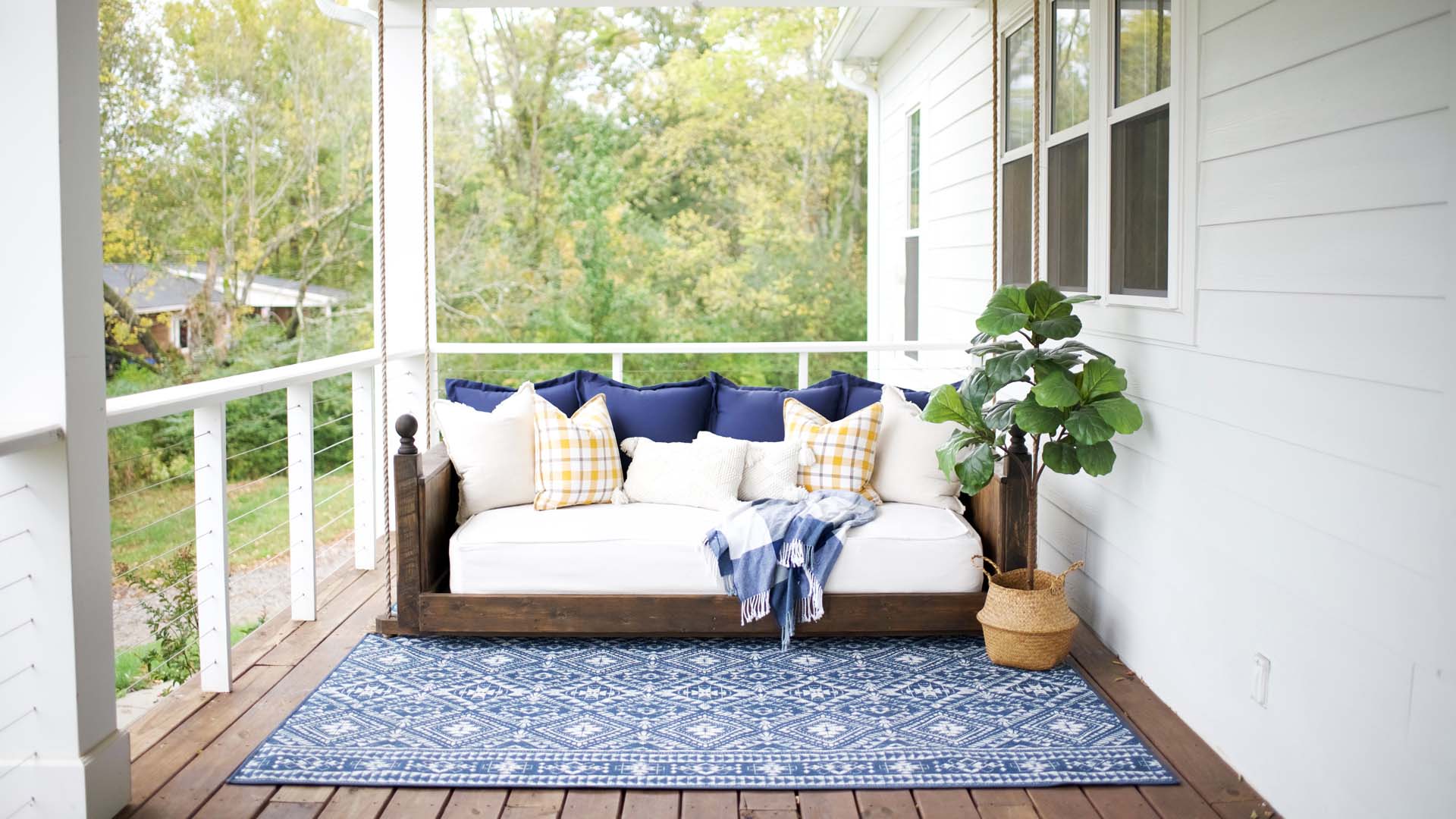
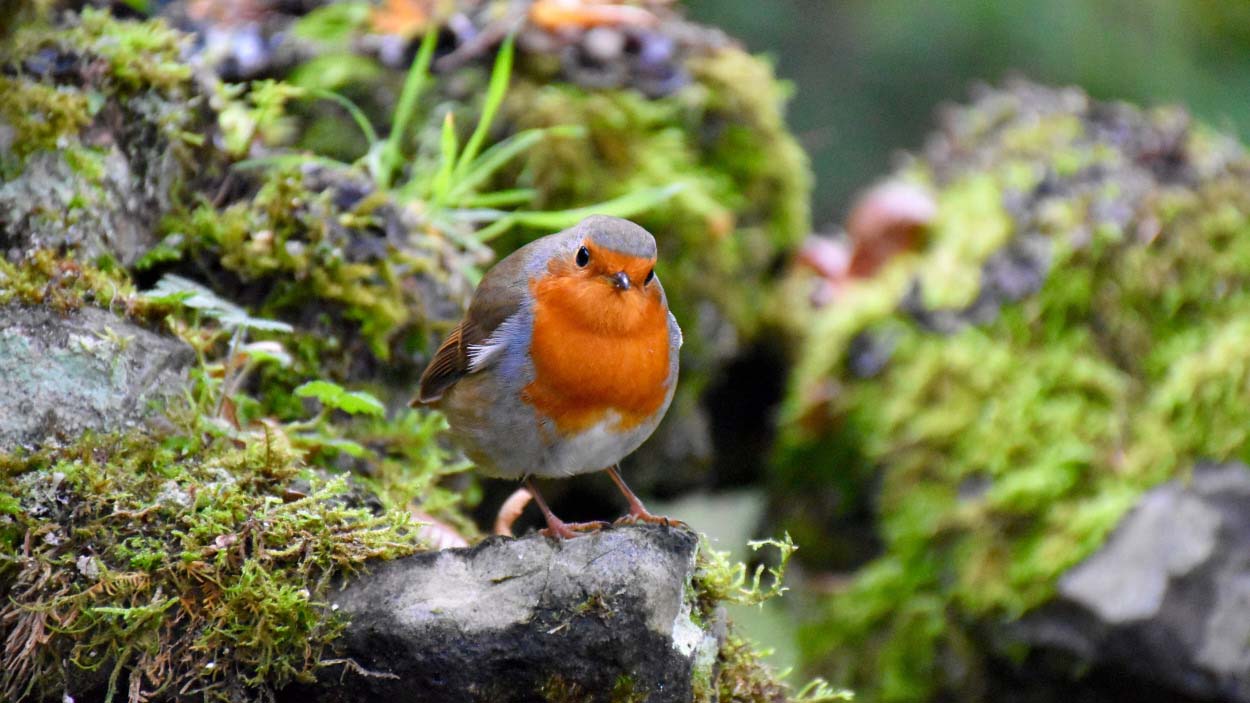
Try these clever ways with rocks, pebbles and boulders to transform your terrain.
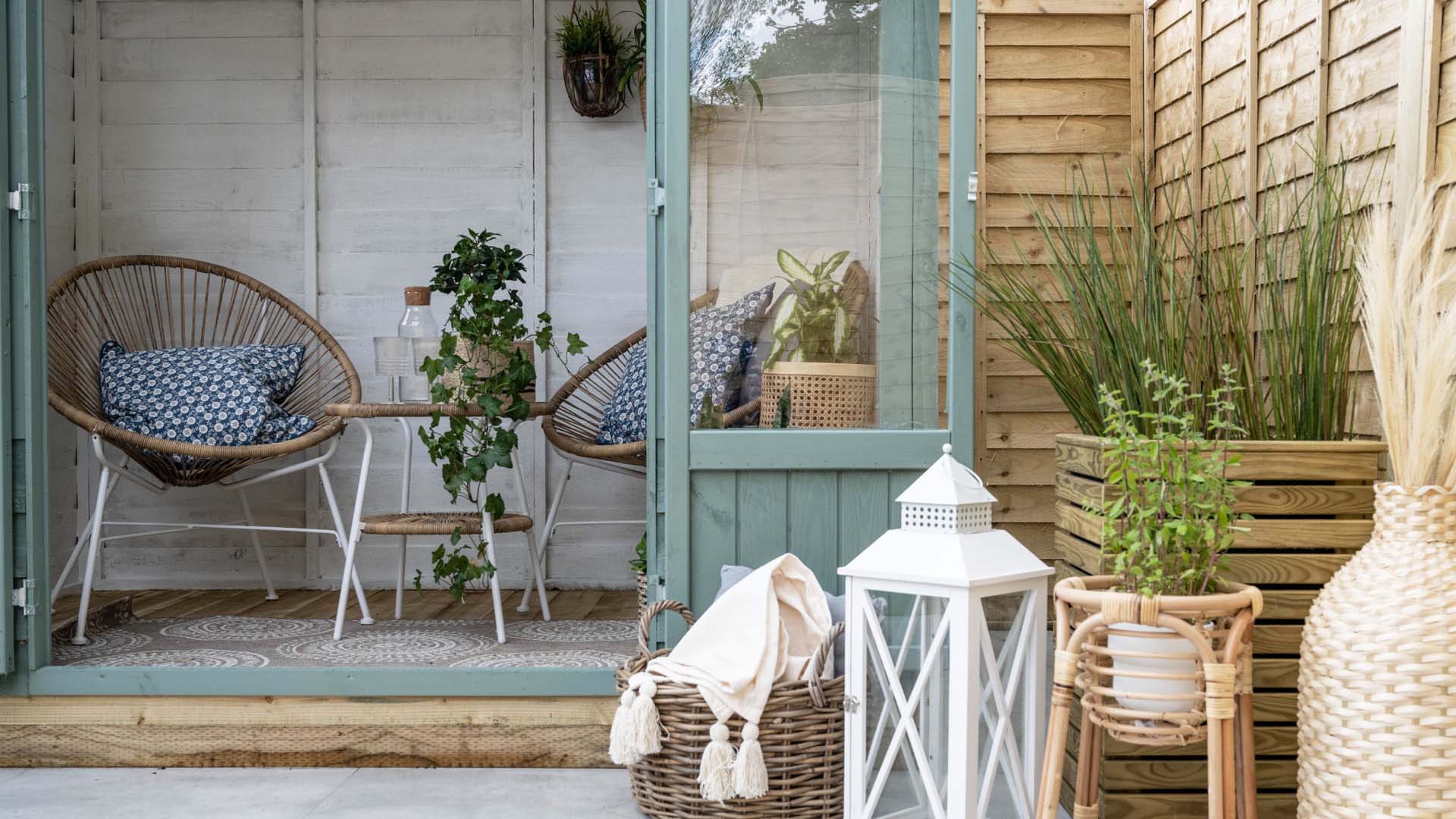
Discover how to make a small garden look bigger with our useful guide that’s crammed with easy tricks, from your choice of floor to the clever use of plants and accessories.

Our garden seating ideas and designs will help you make the best choice for your available outdoor space, with expert tips on keeping your purchases in top condition.
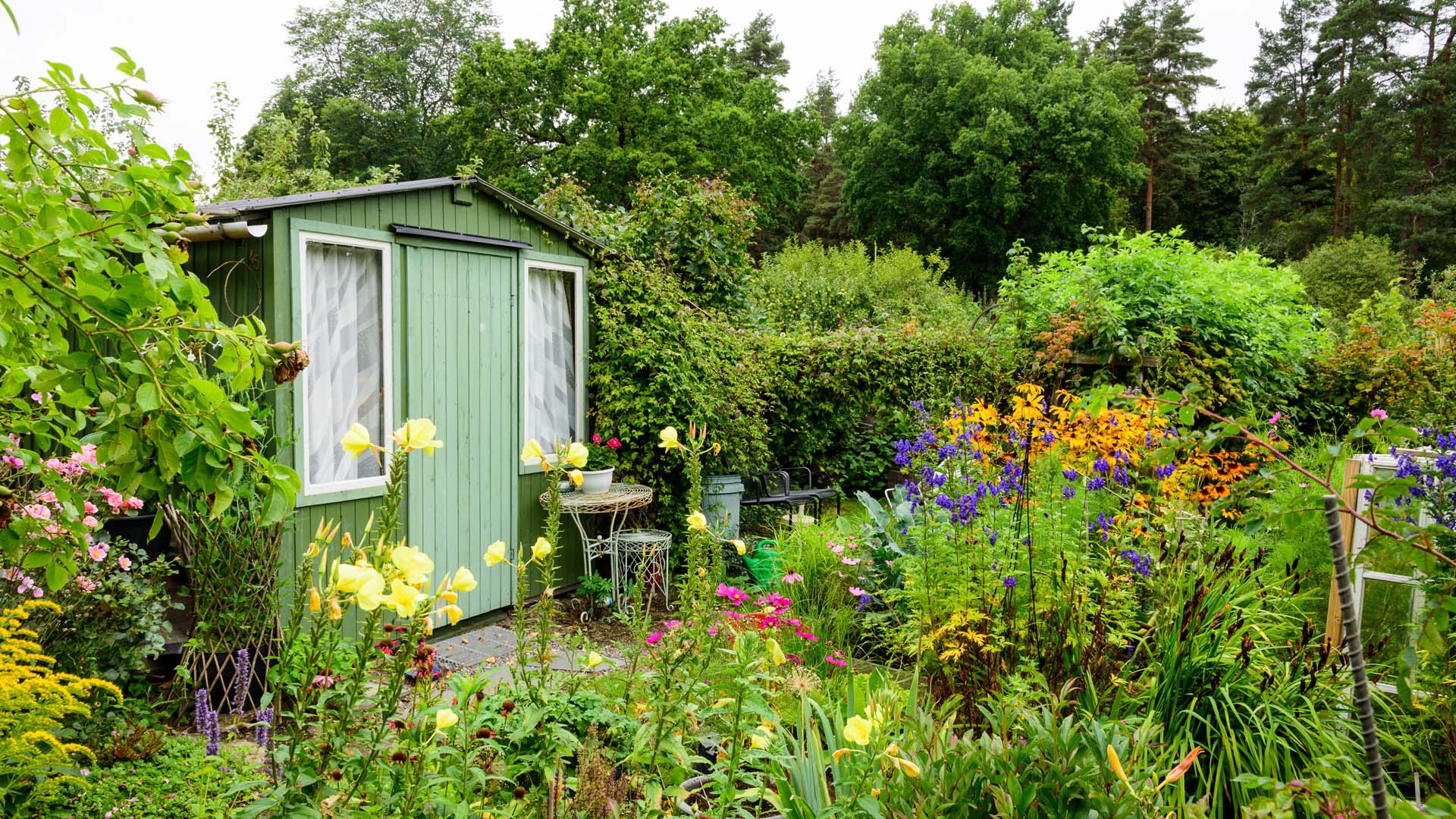
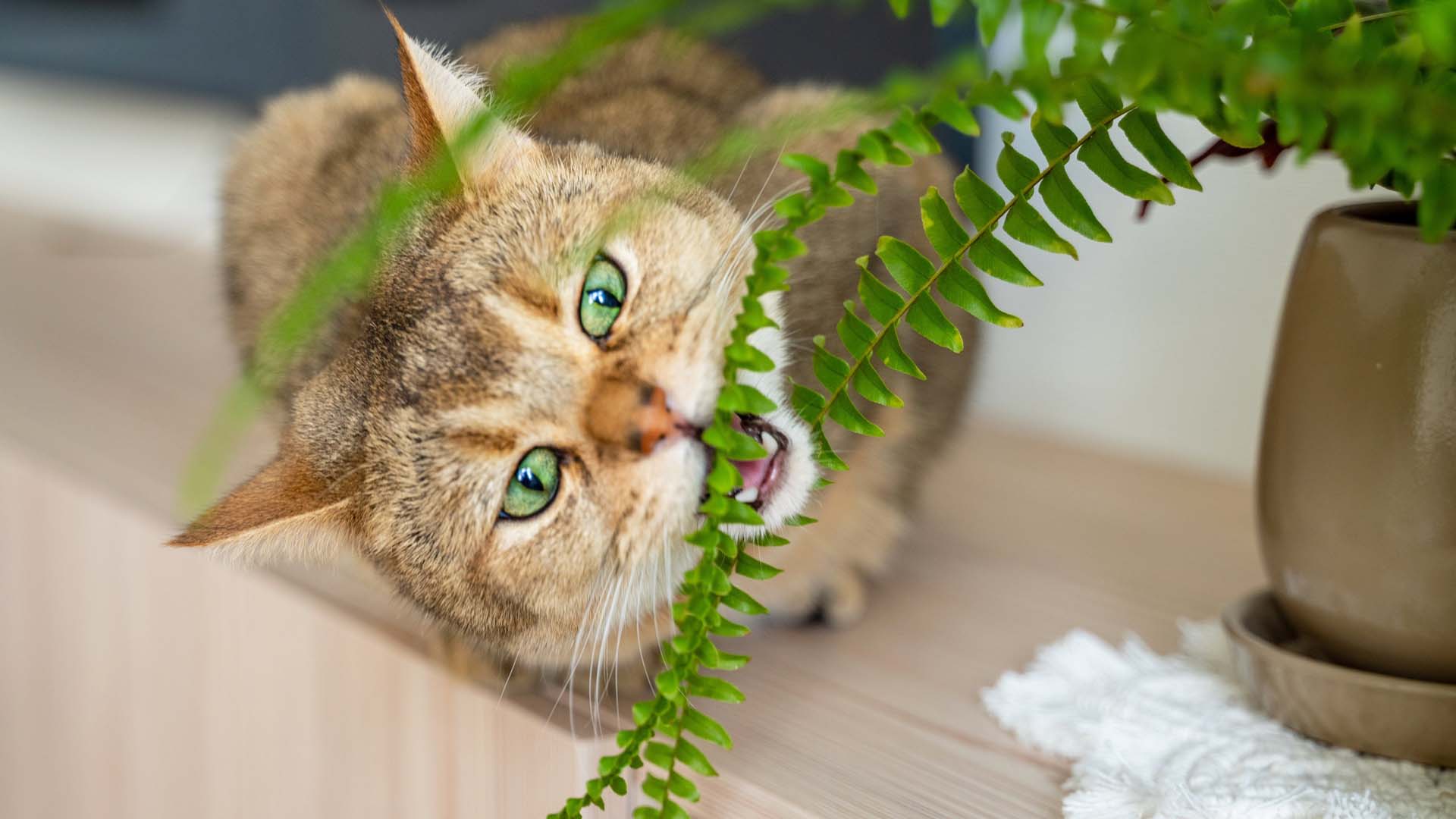
Pots at the ready – these safe houseplants for pets will help your house become tropical, not toxic.
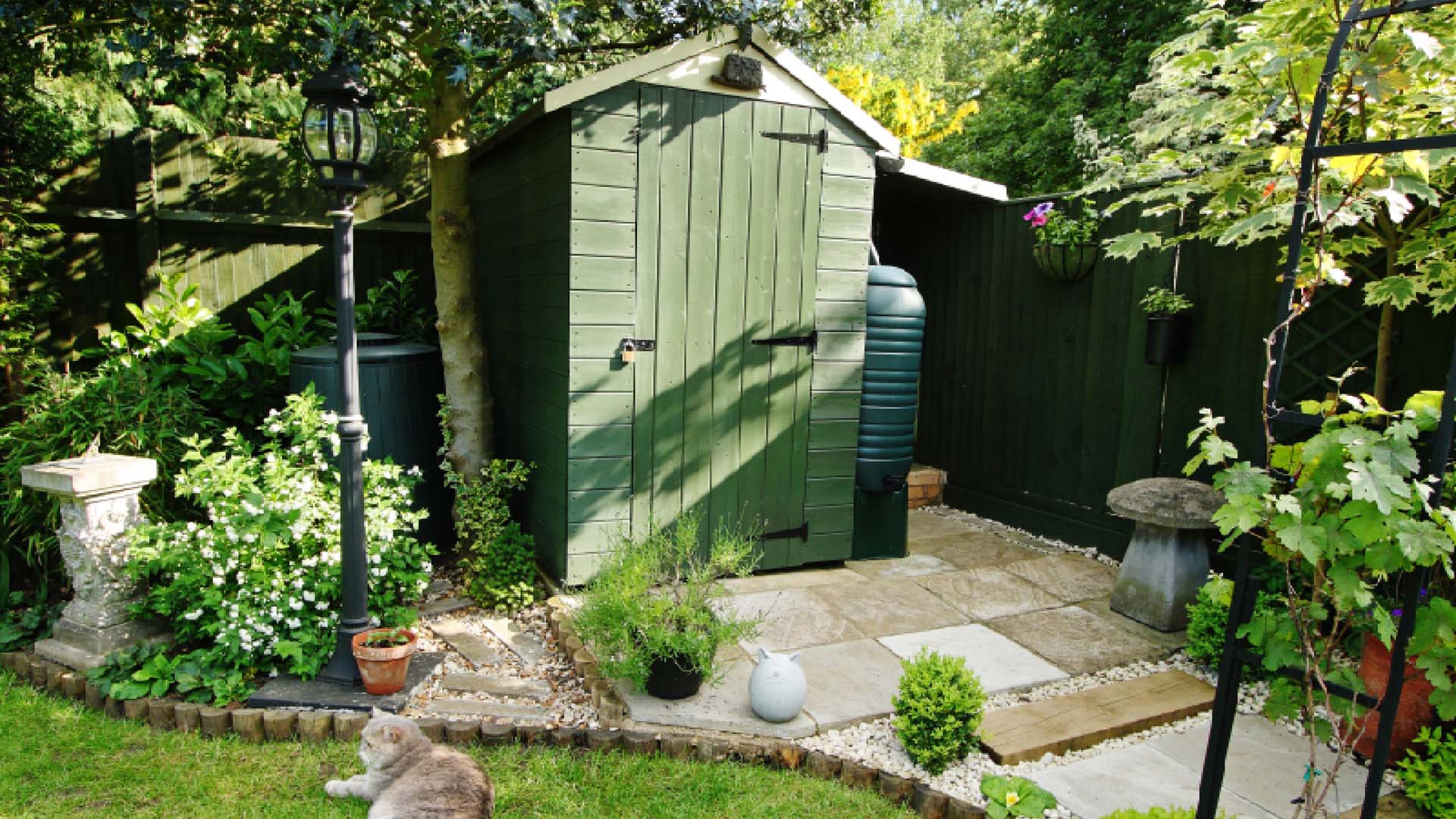
Size, height and where you put it are just some of the factors that will determine whether you’ll need planning permission for a shed.
